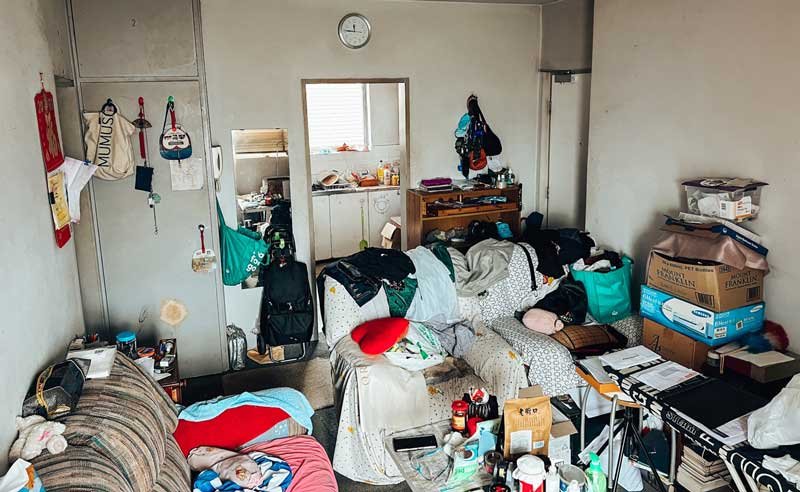Proper mattress disposal is essential for maintaining a clean, safe, and environmentally responsible home. Mattresses are bulky, difficult to transport, and often contain materials that require specialized recycling or disposal methods. Without proper handling, old mattresses can take up significant space in landfills and contribute to environmental pollution. Understanding the best practices for mattress disposal and recycling can save time, reduce costs, and support sustainability initiatives.
Hiring a professional mattress disposal service is the most efficient way to handle old or unwanted mattresses. These services are equipped to transport, recycle, and dispose of mattresses safely, ensuring compliance with local regulations. Using a trained team minimizes the risk of injury and guarantees that mattresses are processed in an environmentally responsible manner.
Assess the Condition of Your Mattress
Before disposing of a mattress, evaluate its condition. Mattresses that are lightly used may still have value and can often be donated to charitable organizations or shelters. For heavily worn or damaged mattresses, professional disposal is usually the safest option.
By assessing the mattress beforehand, you can determine whether recycling, donation, or disposal is the most appropriate method. This step helps streamline the process and ensures responsible handling.
Choose the Right Disposal Method
There are multiple methods for mattress disposal, and selecting the right one depends on your needs and local regulations. Options include:
- Professional removal services: These companies handle transportation, recycling, and disposal.
- Curbside pickup: Some municipalities offer scheduled bulky waste collection.
- Donation: Mattresses in good condition can be given to shelters or charitable organizations.
- Recycling centers: Facilities that specialize in recycling mattresses can recover materials like metal springs, foam, and fabric.
Professional services often combine these options, ensuring maximum recycling and minimal landfill use.
Prepare Your Mattress for Disposal
Proper preparation makes disposal safer and more efficient. Remove all bedding, sheets, and mattress toppers. Consider folding or rolling the mattress if your disposal method or service requires it.
Cutting or disassembling the mattress may be necessary for curbside pickup or recycling drop-offs. However, if you are unsure how to handle this safely, rely on professionals who have the right tools and expertise.
Recycle When Possible
Recycling is the most sustainable method of mattress disposal. Mattresses contain materials that can be repurposed, such as steel springs, foam padding, and textiles. Recycling reduces the environmental impact and conserves natural resources.
Some mattress disposal services partner with recycling centers to ensure that as much material as possible is diverted from landfills. This process may involve separating the mattress into components, shredding foam for reuse, and melting metal for industrial applications.
Follow Local Regulations
Different regions have specific rules regarding mattress disposal. Check with your local municipality to understand restrictions, pickup schedules, and recycling programs. Proper compliance prevents fines and ensures that mattresses are disposed of in an environmentally responsible manner.
Professional mattress disposal services stay up to date with local regulations, offering guidance and handling paperwork if required. This support ensures a smooth, hassle-free process.
Consider Donation Opportunities
Mattresses in good condition can be donated to non-profit organizations, shelters, or resale shops. Donating extends the mattress’s useful life, reduces waste, and benefits individuals in need.
Before donating, confirm that the mattress meets the organization’s hygiene and safety requirements. Some charities may require that mattresses are freshly cleaned or minimally used.
Ensure Safety During Transport
Transporting a mattress can be cumbersome and potentially dangerous. Lift carefully, use appropriate moving equipment, and secure the mattress properly in a vehicle. Improper handling can result in injury or damage to property.
Professional mattress disposal teams are trained to move bulky items safely, reducing the risk of accidents and ensuring efficient transport.
Conclusion
Proper mattress disposal and recycling involve careful planning, preparation, and knowledge of available resources. Assessing the condition of your mattress, choosing the right disposal method, and considering donation or recycling options are key steps.
By hiring a professional service, following local regulations, and prioritizing safety, homeowners can ensure that mattress disposal is efficient, environmentally responsible, and stress-free. Implementing these best practices contributes to a cleaner home, supports sustainability, and reduces the environmental impact of bulky waste.

